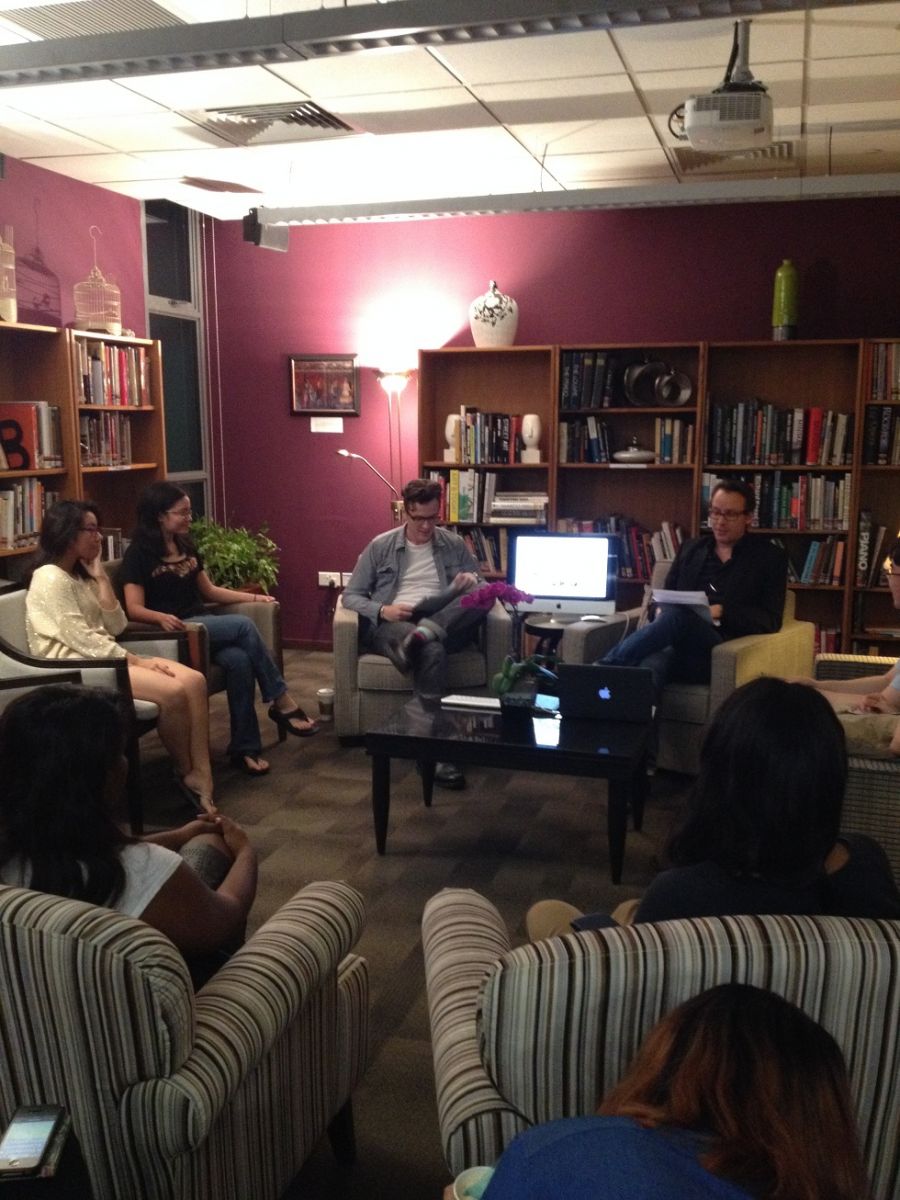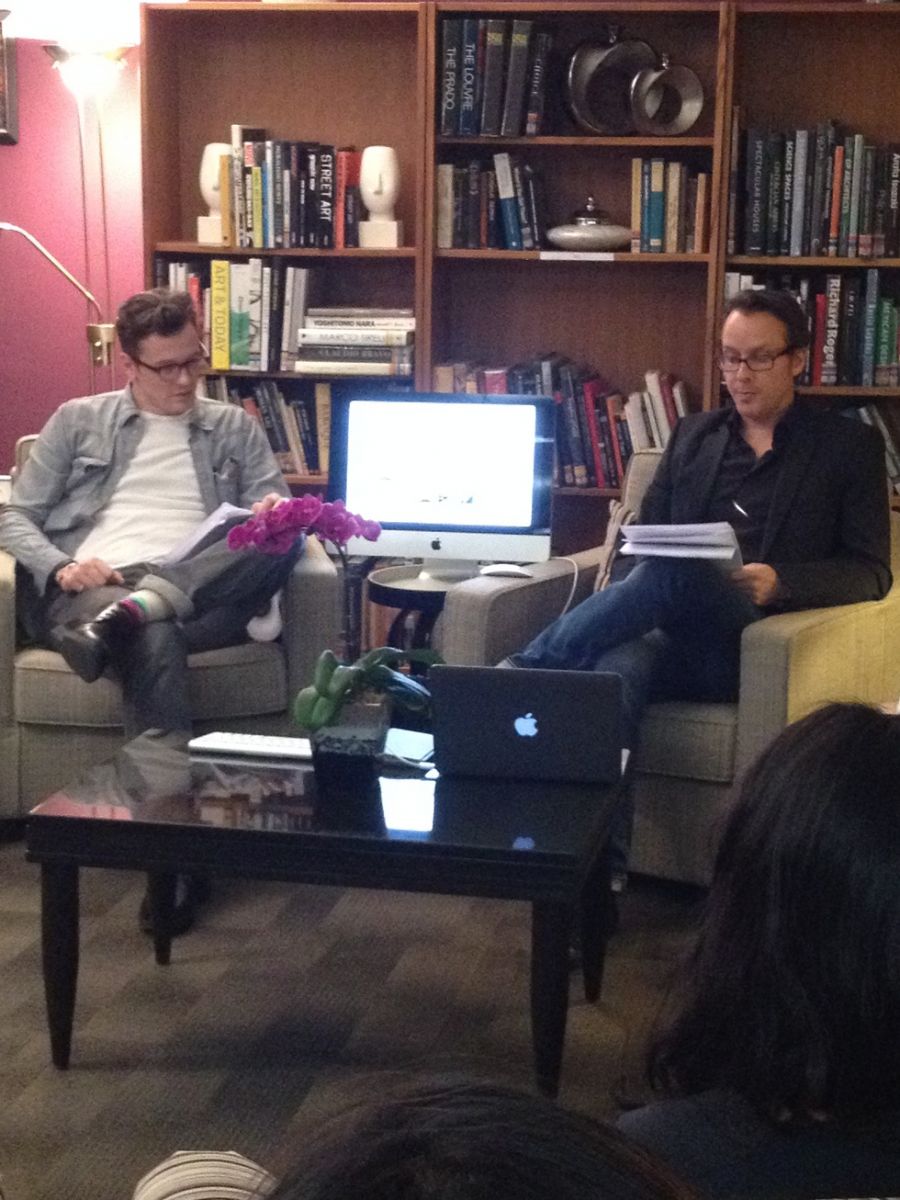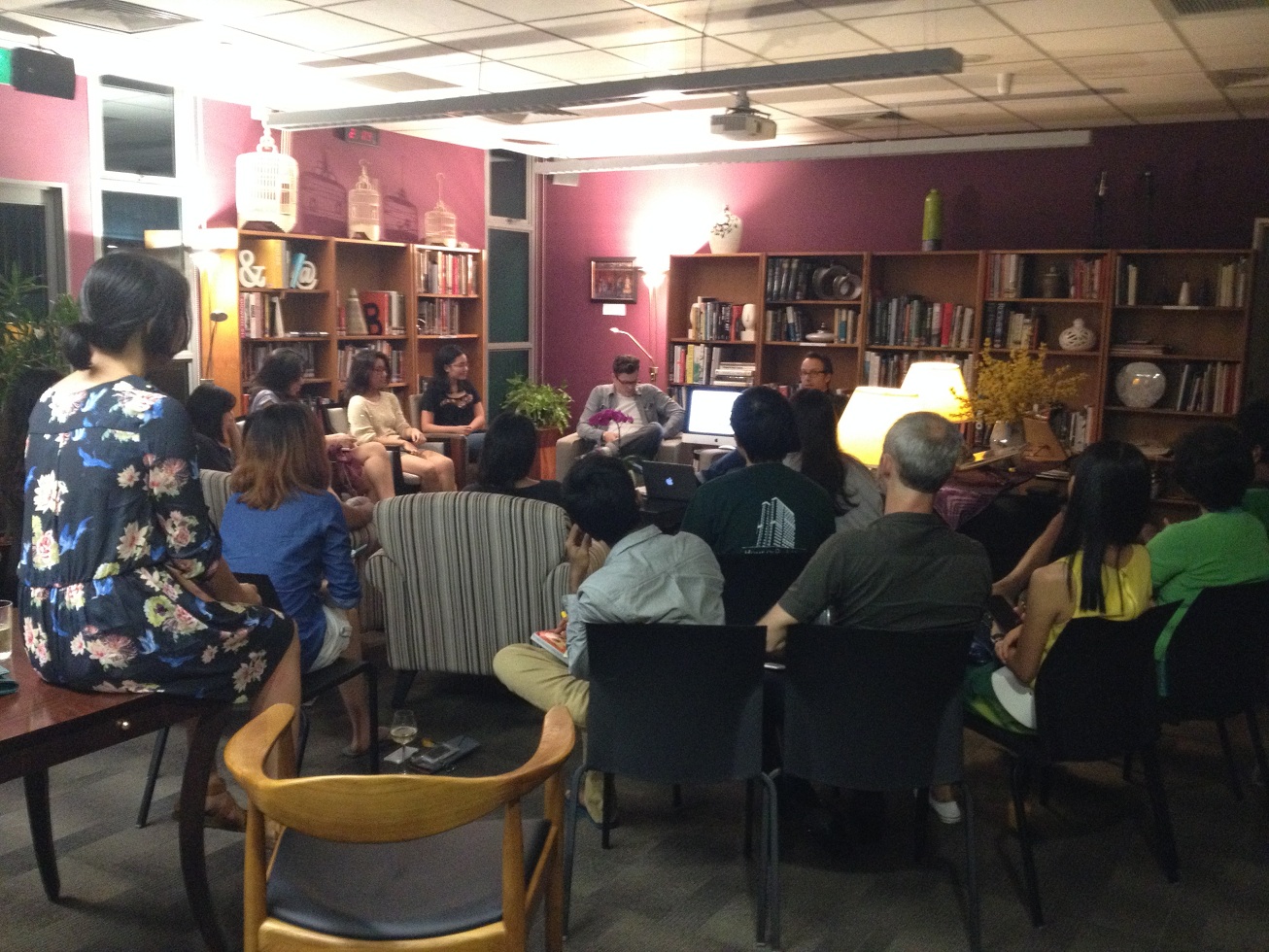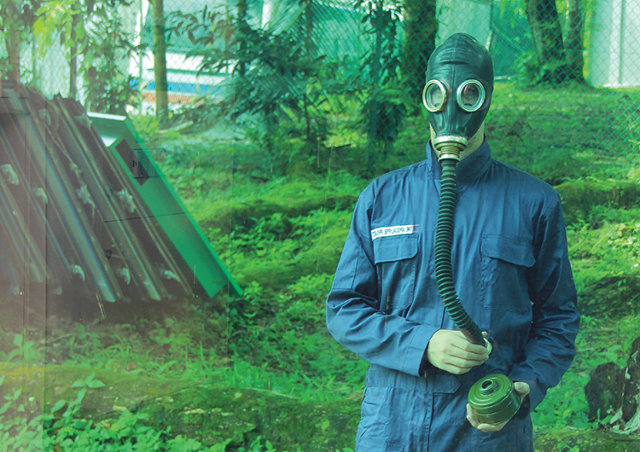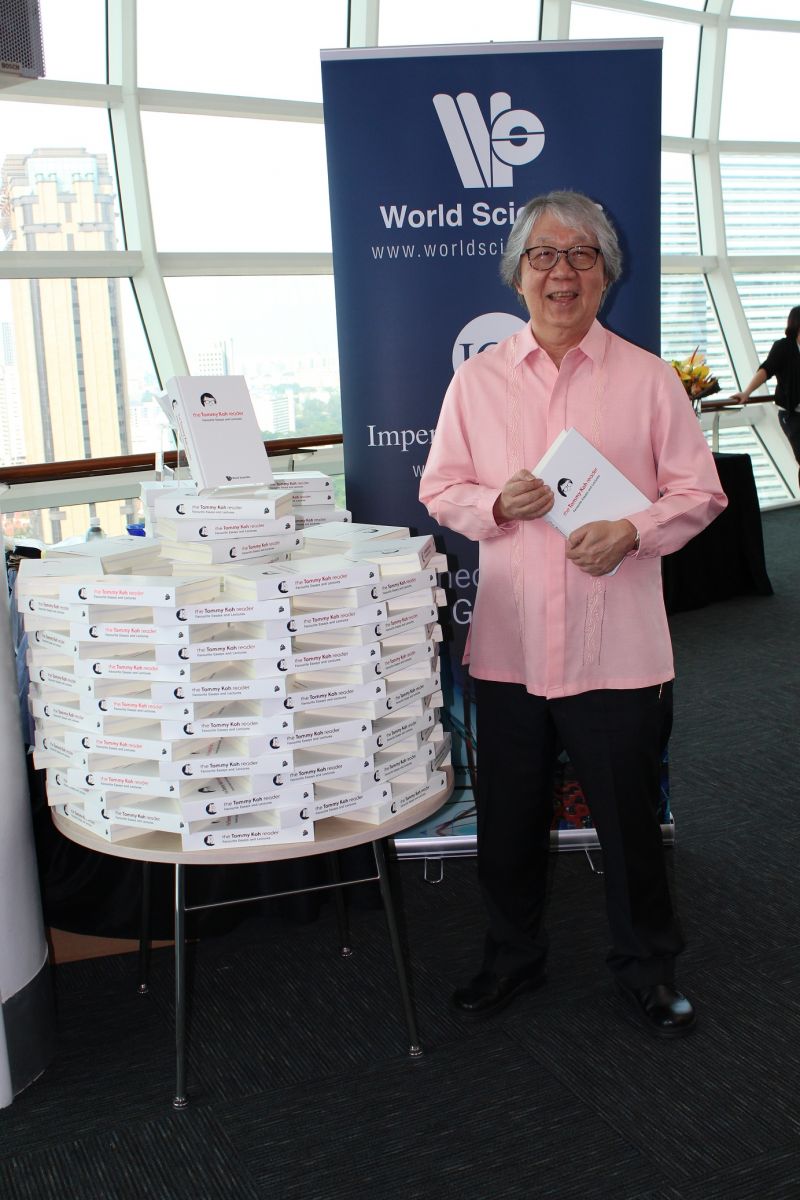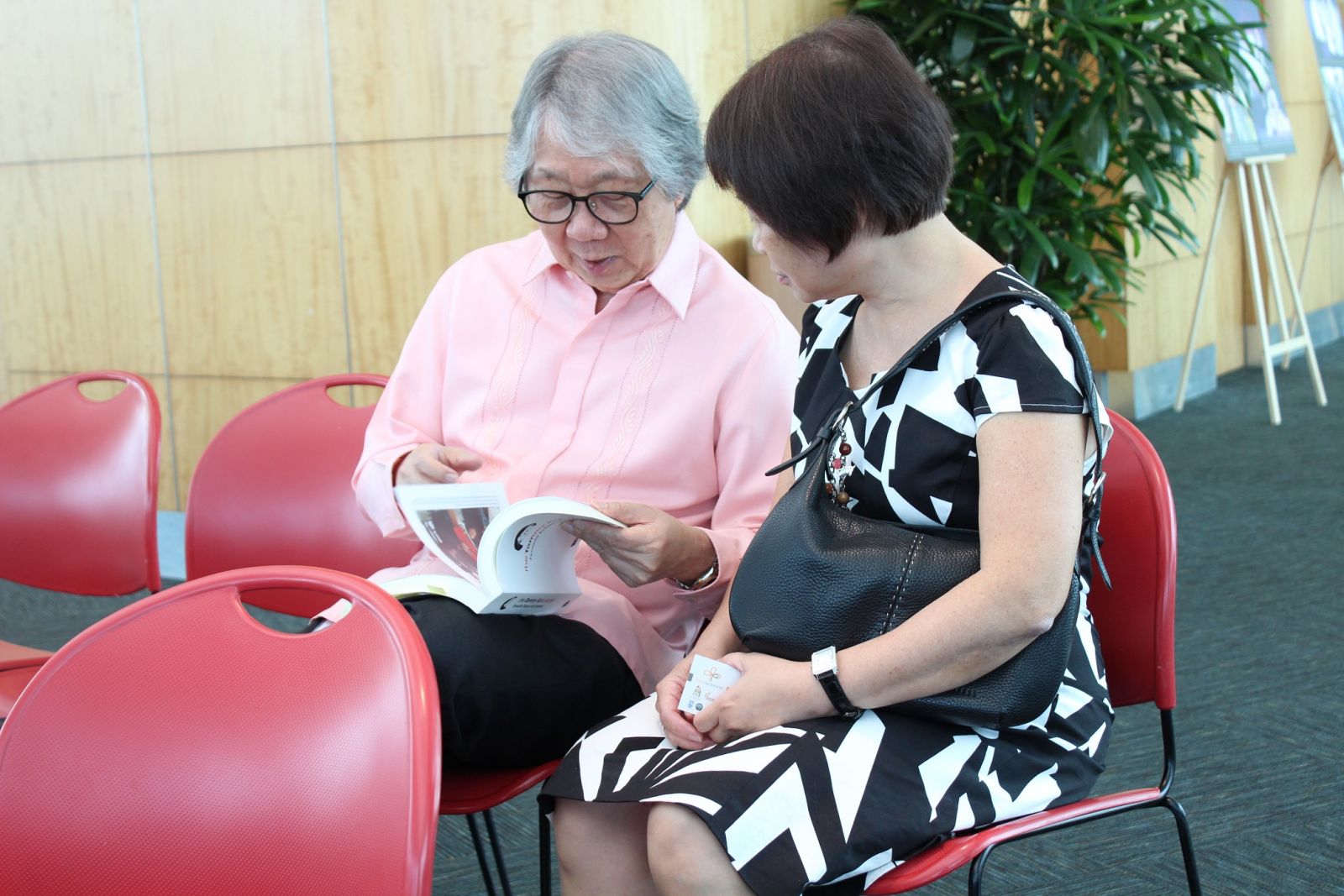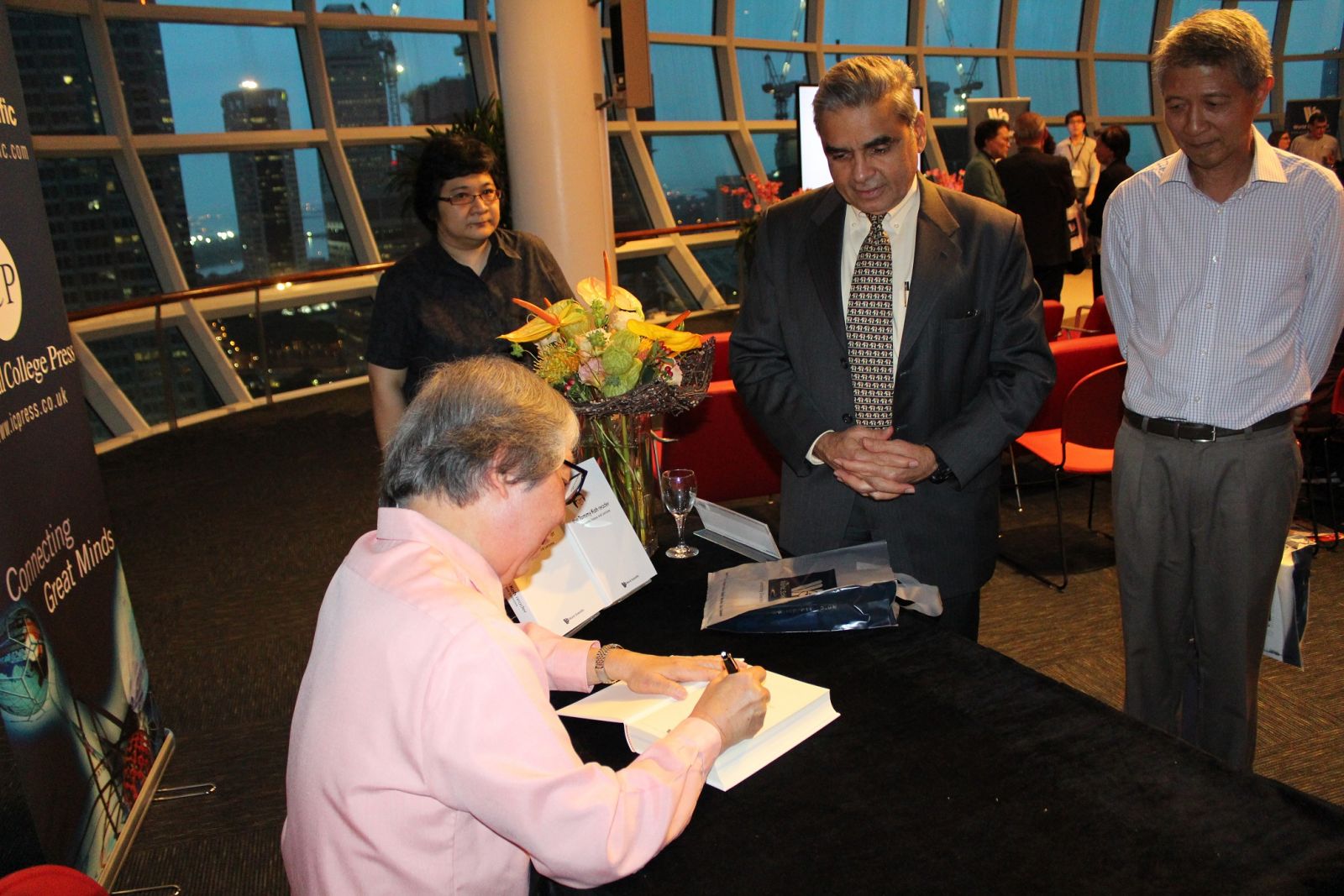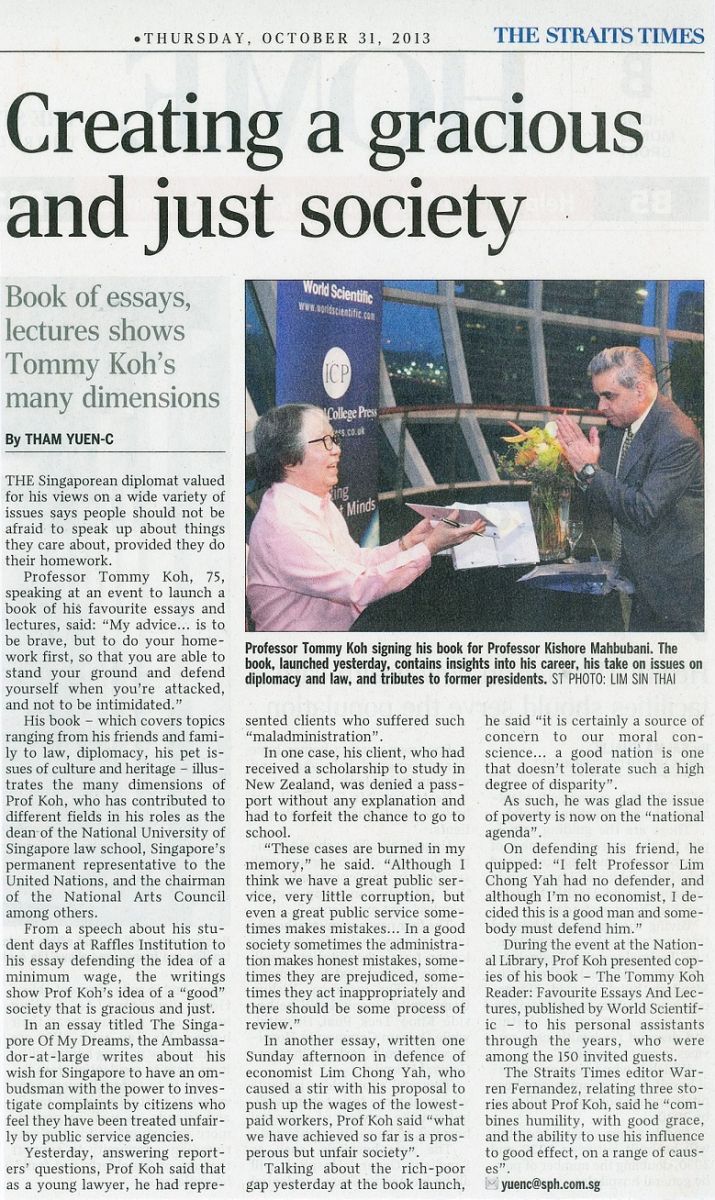Speech by Prof. Tommy Koh
Mr Chairman, colleagues, friends, ladies and gentlemen,
I would like to begin by thanking my good friend, Mr Ong Yew Huat, for his kind introduction. I would also like to thank Mrs Rosa Daniel, the CEO of NHB, for inviting me to deliver this lecture.
My life has been greatly enriched by the many opportunities which the Singapore Government has given me to work in the domain of art, culture and heritage. I would like to use this opportunity to thank the Ministers of MITA and MICA, namely, Mr George Yeo, Mr Lee Yock Suan, Mr David Lim, Dr Lee Boon Yang and Mr Lui Tuck Yew, for the confidence they had in me.
NAC: A Happy Period of My Life
In 1991, I was asked by Mr George Yeo to be the founding Chairman of the National Arts Council (NAC). I look back on the five years at NAC as a happy period of my life. As a result of my monthly tea parties, I got to know many of our artists and to appreciate their struggles and successes. I made every effort to attend their exhibitions and performances. Several have become close personal friends. I am very pleased that my good friend, Professor Chan Heng Chee is the new Chairman and another old friend, Kathy Lai, is the new CEO of NAC. Under their able leadership, I am confident that NAC will have a bright future.
Censorship Review Committee
I cannot use the word, “happy”, to describe the challenging experience of chairing the Censorship Review Committee, in 1991 and 1992. It was, however, a very satisfying experience as it gave my colleagues and me an opportunity to persuade the Goh Chok Tong government to gradually liberalise our censorship policies and rules and to devolve the power of decision-making from the bureaucracy to the people. It also taught me the important lesson that, in Singapore, we have to manage with sensitivity, the tension between artistic freedom, on the one hand and, on the other, the importance of maintaining our racial and religious harmony as well as the tension between the aspiration of our older citizens, to keep Singapore as a morally wholesome society and the aspiration of our younger citizens to embrace the contemporary world, in all its diversities and colours.
Empress Place Museum
In 1993, I was asked to take on another cultural assignment. The building which houses the Asian Civilizations Museum today has had several previous incarnations. In one incarnation, it housed the Empress Place Museum. That museum was established to showcase a series of exhibitions on the artistic and cultural achievements of the different dynasties of China. The chairman of the museum, who was a good friend, got into trouble with the law and was removed. I was asked to take over and to clean up the mess. Mr Leong Weng Kee helped me to do that. The Museum was closed in 1995 after it had completed the planned series of exhibitions. In the foreword I wrote to the catalogue of the final exhibition, I paid a tribute to my predecessor. I presented a copy of the catalogue to him when I went to visit him in Changi Prison. The big lesson I learned from that episode is the importance of good governance.
Building the Esplanade
During my tenure as Chairman of NAC, the government decided to build the centre for performing arts envisaged by the Ong Teng Cheong report. I was a Member of the Steering Committee which was established to turn that vision into reality. A company was incorporated, under the umbrella of NAC, to drive the project. I was therefore intimately involved in the visioning, planning, design and building of the Esplanade. I also served subsequently as a Director of the Esplanade for seven years. My reflection is that building the Esplanade is one of the best investments we have ever made. It has transformed Singapore’s cultural life so much that we simply cannot imagine Singapore without the Esplanade. MCCY’s predecessor, MITA, had asked me to be the “bad guy” to announce that the Esplanade would be built in two phases. The concert hall and theatre would be built in phase one and the two smaller venues would be built in phase two. Although I was only the messenger, the arts community accused me of having betrayed them because they were more interested in the two smaller venues than the two big ones. I think they were not sure whether there would be a phase two. I hope that MCCY will announce, in the not too distant future, that phase two will be implemented. This will help to restore my credibility with our arts community.
The Esplanade is celebrating its tenth anniversary. It is therefore a good moment to think about its future. I should add that in the past decade, Benson Phua and his team have made the Esplanade one of the best centres of performing arts in the world. Going forward, I would like to see the Esplanade play a stronger role as strategic investor, entrepreneur and impresario. I would like to see more world premieres of great Asian epics, such as, I La Galigo. I will never forget the sweet torture of watching the Chinese opera, the Peony Pavilion, over several days. I would like to see an ASEAN or Asian choral competition at the Esplanade. I would like to be inspired by the orchestras of Palestine and Venezuela and other path-breaking orchestras.
Dreaming in Washington
I had spent more than twenty years of my life in the United States of America: one year in Boston, thirteen in New York and six in Washington, DC, as well as shorter periods in Buffalo, New York and Palo Alto, California. As a museum-loving person, I had enjoyed visiting the museums in those cities as well as other museums. When I was in Washington DC, I had a wild dream that one day I would be put in charge of the museums of Singapore. I promised myself that if that dream were ever to come true, I would try to make our museums as attractive, as loved, and as frequently visited as those in America. I told myself that one day we will also have blockbusting exhibitions at our museums.
NHB: From 0.5 million to 2.7 million visitors
My dream came true in 2002, when I was appointed as the Chairman of the National Heritage Board. In that first year, we had only 500,000 visitors to our museums. I was determined to make a paradigm change. I wanted 1 million visitors in 3 years, 2 million in 6 years and 3 million in 9 years. Nine years later, in 2011, we had 2.7 million visitors. I hope that Yew Huat will set an even more ambitious target. We did put on a few blockbusting exhibitions. The sight of visitors, queuing around the block, to see the exhibition from the Vatican Museums, at ACM, brought great joy to my heart. I am happy to say that, today, our museums are capable of mounting world class exhibitions, in terms of their content, curatorship, design and presentation. Our museums have gained international recognition and have been embraced by our citizens, residents and visitors. This happy state of affairs was due to the collective efforts of many colleagues, such as, Michael Koh, Kenson Kwok, Kwok Kian Chow, Lee Chor Lin, Loh Heng Noi, Pitt Kuan Wah, Tres Prihadi, Jean Wee, Tan Boon Hui, Thangam Karthigasu, Gauri Parimoo Krishnan, Huism Tan, Heidi Tan, Soo Hui Wah and others. In his years as CEO, Michael Koh has transformed the museum scene in Singapore. I should also mention the indispensable contributions of the Friends of the Museum (FOM) and other volunteers. The FOM is one of our best and most valued non-governmental organisations.
NAGA
The last major assignment I was given was to chair the international jury tasked with selecting an architect or architectural practice to undertake the historic endeavour of transforming two of our national monuments, the City Hall and Supreme Court, into our new National Art Gallery (NAGA). It was a very interesting assignment and I learned a great deal from my colleagues on the jury, who were either eminent architects or renown museum directors from France, UK and the US. After deciding on the winner, we had to persuade the Cabinet to endorse the selection and to back the project. Confidentiality prevents me from telling you about the Cabinet meeting which was held at the City Hall.
The Twin Peaks
As I look forward to the opening of NAGA in 2015, I am both optimistic and enthusiastic. I believe that NAGA will become a world class museum. Anyone, anywhere in the world, who is interested in Southeast Asian art, will have to visit NAGA. I also believe that the people of Singapore will embrace NAGA in much the same way as they have embraced the Esplanade. They will become the twin peaks of our cultural landscape.
The Vision
What is my vision? My vision is that in the years to come, we will develop the art, culture and heritage sector and raise it to the same level as our economy and infrastructure. To achieve this vision, we must nurture a new generation of Singaporeans who are highly educated, professionally competent, globally minded and culture loving. We want to motivate Singaporeans to love books and to develop reading as a life-long habit. We want to encourage Singaporeans to appreciate art, music, theatre, dance, film, etc, both as consumers and producers. We want to harness the energy of Singaporeans who wish to remember and conserve our past while, at the same time, embracing the future. I regard the enthusiasm shown by Singaporeans to conserve the Tanjong Pagar Railway Station and the Bukit Brown Cemetery as positive developments. My vision is a culturally vibrant Singapore which is the cultural hub of ASEAN and the cross roads among the great civilizations of the East and the West. There is no other city or country in Asia which can play this role as well as Singapore.
The Agenda
Mr Ong Yew Huat is a very lucky man. My plea for free admission to our museums has been granted during his tenure. So has my plea for the government to match private donations to arts and heritage groups. Minister Lawrence Wong recently announced that the government has agreed to establish a $200 million Culture Matching Fund. I would like, this afternoon, to share with you a few thoughts about the future of art, culture and heritage in Singapore.
Thought No. 1: Focus on our Human Resource and Intellectual Capital
In recent decades, the government has prioritized the development of our hard infrastructure. The Esplanade, the extension to the National Museum, NAGA, the renewal of the Victoria Theatre and Victoria Concert Hall are some of the big ticket items. The time has come for us to focus more on the development of our soft infrastructure. The development of our human resource and our intellectual and cultural capital should be given a higher priority.
My vision cannot be achieved if Singaporeans are uncultured and are not culture-loving. The uncouth behaviour of some of our students at concerts is one indication of the problem. The low level of musical knowledge of Singaporeans often lead them to applaud the orchestra when it is not appropriate to do so. We need the help of the Ministry of Education to raise the cultural literacy of our students. NAC should review it’s successful “Arts In Education” initiative to see how it can be taken to the next level.
The School of the Arts (SOTA) and the Yong Siew Toh Conservatory at NUS are doing very well and appear to be adequately funded. The same cannot be said about our two arts colleges, the Nanyang Academy of Fine Arts (NAFA) and the Lasalle College of the Arts. They are underfunded. They also have many needy students and there are not enough financial resources to help these students. I know this because I have been helping both colleges to raise bursaries for their needy students. I hope the government will do a comprehensive review of the two arts colleges with a view to giving them a higher level of financial support. We need well educated and well trained graduates to power our cultural and heritage industries and to grow this sector.
In addition to developing our human resource, we should also focus on developing our intellectual and cultural capital. We should give higher recognition to and better support for our authors, composers, choreographers, film makers, curators, etc. We should raise the psychic income for these content creators. My takeaway from the successful museums in America is that they had great collections, beautiful premises and outstanding curators. All three factors are important. However, if I have to pick only one, I would pick the people factor. At the end of the day, it is the quality of the people which determines the success or failure of an institution. This is why my No. 1 agenda is to focus on developing our human resource and on raising our intellectual and cultural capital.
Thought No. 2: Focus on Southeast Asia
My second thought is that we should focus on the region of Southeast Asia. Singapore’s karma, as the late Dr Michael Sullivan had written, is to be the hub surrounded by the rich civilizations of Indonesia, Thailand, Cambodia, Vietnam, etc. Singapore’s destiny is draw inspiration from this ring of civilizations as well as from the ancestral civilizations of China, India and Islam, in forging our own cultural identity.
Singapore’s strength is therefore in Southeast Asia. This is why I support this as the focus of NAGA. This is also the reason which had led the NHB to convene the biannual conference of the museum directors of ASEAN and to celebrate the culture and heritage of a different ASEAN country each year.
I believe that one of the reasons for the success of the Biennale this year, as compared to previous years, is its focus on Southeast Asia. Singaporeans feel more connected to the artists of our region than to artists from other parts of the world. Culturally, an ASEAN community already exists both among the artists and the people of the region.
Thought No. 3: The Secret is Balance
There is an ongoing debate in Singapore between those who want our cultural policy to focus on community or popular culture and others who want to focus on high culture. There is also a debate about the future direction of the Singapore International Arts Festival (SIAF). Should it focus on the mainstream or on the avant garde or cutting edge?
I believe that the answer is both not either. We want to bring culture and the arts to the people, in their community centres and regional libraries. This is consistent with our vision because we want all Singaporeans, and not just the elite, to be culture-loving. At the same time, we want to grow our high culture. To be politically sustainable, we must do both. In the same way, the SIAF cannot have a single focus. It must cater to its different stakeholders, who want diversity and balance. For example, we need a balance between big name orchestras and modern music, between classical ballet and modern dance and between Kuo Pao Kun and experimental theatre. The magic word is balance. We need and want a balance between high art and popular art and between the mainstream and the sidestream.
CONCLUSION:
I shall conclude. Twenty four years after the publication of the Ong Teng Cheong report, I think I can safely say that many of the aspirations contained in that report have been fulfilled. We have ascended to a higher peak. There is agreement that we should support art, culture and heritage. We should do so because they help to bring meaning and beauty into our lives. We should do so because they bond us as a people and remind us of where we came from. We should do so because they make us a more self-confident, thoughtful and gracious people.
Thank you very much.
. . . . . .



